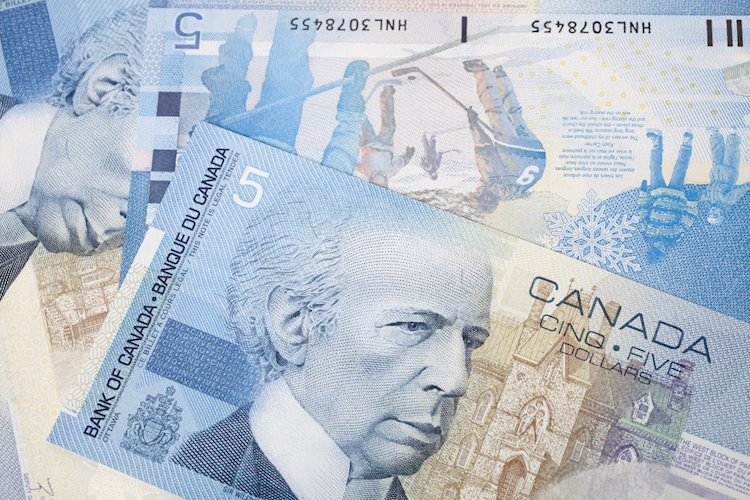The USD/CAD pair has bounced back from the support level of 1.3600 after Canada’s CPI data for July showed a decline in annual headline inflation to 2.5%, in line with expectations. The Bank of Canada’s core CPI also slowed down, prompting speculation of further rate cuts by the central bank. The BoC has already reduced rates by 50 basis points since its July meeting, and the weakening price pressures are exacerbating expectations of more cuts. At the same time, the Canadian Dollar is also facing pressure from falling Oil prices, with the expectation of a ceasefire between Iran and Israel reducing supply concerns and impacting Oil prices. As Canada is a major exporter of Oil to the US, lower prices could affect foreign inflows into Canada.
Investors are keeping an eye on Federal Reserve Chair Jerome Powell’s speech at the Jackson Hole Symposium, where he is expected to provide insights into the central bank’s interest rate cuts. This speech could have a significant impact on the US Dollar and influence trading dynamics in the region. The US Dollar Index (DXY) has dropped to a seven-month low near 101.70, reflecting the uncertainty surrounding Powell’s speech and the potential implications for interest rates and the currency market.
Various factors drive the value of the Canadian Dollar, including the level of interest rates set by the Bank of Canada, Oil prices, the country’s economic health, inflation, trade balances, and market sentiments. The BoC plays a crucial role in determining interest rates, which can have a direct impact on the CAD. Higher interest rates are generally positive for the currency, while quantitative easing and tightening measures can lead to fluctuations in its value. Oil prices also play a significant role in influencing the CAD, as Canada’s largest export is petroleum, and higher Oil prices usually lead to an increase in the value of the currency.
Inflation, traditionally seen as negative for a currency due to lower purchasing power, can actually have a positive impact on the Canadian Dollar in modern times. Higher inflation rates often prompt central banks to raise interest rates, attracting capital inflows from global investors seeking profitable investments. This increased demand for the local currency can boost the value of the CAD. Macroeconomic data releases, such as GDP, PMIs, employment data, and consumer sentiment surveys, also affect the currency’s direction. A strong economy can attract foreign investment and potentially lead to interest rate hikes by the BoC, strengthening the Canadian Dollar.
Overall, the USD/CAD pair’s recovery from the support level of 1.3600 reflects the impact of Canada’s CPI data, BoC’s rate cut expectations, and falling Oil prices on the Canadian Dollar. Investors are closely watching Powell’s speech for signals on US interest rate cuts and its implications for the currency market. The value of the Canadian Dollar is influenced by a combination of factors, including interest rates, Oil prices, economic health, inflation, trade balances, and market sentiments. Understanding these factors can provide insights into the movements of the CAD and help traders navigate the forex market effectively.









